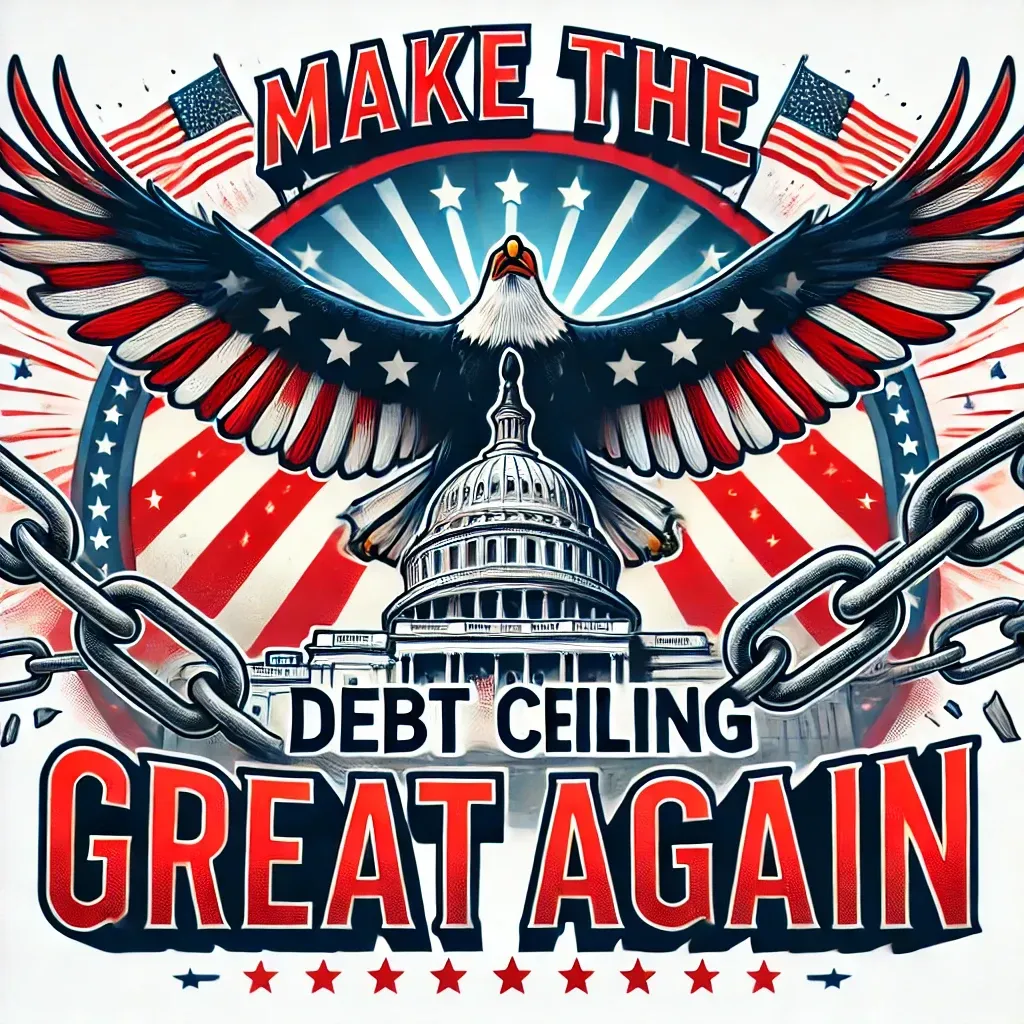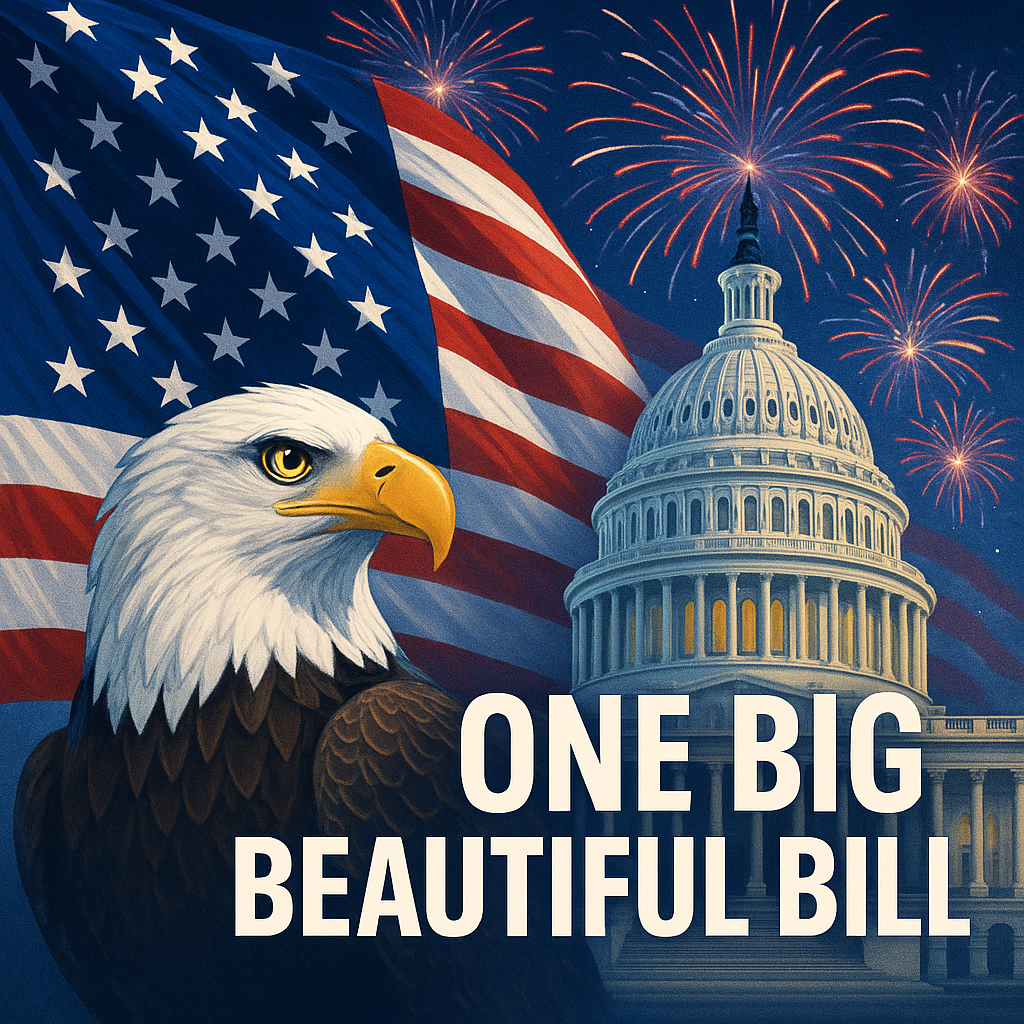Trump Proposes Eliminating the Debt Ceiling to Protect America’s Financial Stability

President-elect Donald Trump is advocating for the complete removal of the federal debt ceiling, arguing that the policy serves no practical purpose and only adds unnecessary risk to the nation’s financial health. In a recent interview, Trump described the debt ceiling as outdated and detrimental, calling on Congress to take decisive action.
“It’s the smartest thing Congress could do,” Trump stated. He went on to argue that the debt ceiling is more symbolic than functional, saying, “It doesn’t mean anything, except psychologically.” By eliminating it, Trump believes Congress can prevent the recurring crises that arise during fiscal negotiations.
A Common-Sense Approach
The debt ceiling, which limits how much the federal government can borrow to pay its obligations, does not authorize new spending but has historically been used as leverage in political battles. Trump criticized this approach, questioning why lawmakers continue to allow the threat of default to hang over the country. “No one really knows what would happen if it’s breached — it could be catastrophic, or it could mean nothing. But why take the chance?”
While Democrats have previously proposed abolishing the debt ceiling, Trump has positioned himself as a leader willing to take bipartisan action. “If the Democrats want to get rid of it, I would lead the charge,” he said, emphasizing his commitment to practical solutions.
Addressing the Looming Shutdown
As Congress faces a deadline to pass a funding bill and avoid a government shutdown, Trump has expressed frustration with short-term measures, including a continuing resolution supported by House Speaker Mike Johnson. He called the proposal “a Democrat trap” and stressed the need for long-term stability.
“If there’s going to be a shutdown, we’re going to start it with a Democratic president,” Trump remarked, framing the current standoff as an opportunity to prepare the ground for his administration’s priorities.
Collaborating with Experts
Trump also revealed he had consulted with tech entrepreneur Elon Musk on the issue. “I told him that if he agrees with me, he could put out a statement,” Trump said, highlighting Musk’s focus on fiscal responsibility. The two appear to share a vision for tackling financial inefficiencies.
A Track Record of Action
This isn’t the first time Trump has addressed the debt ceiling. During his first term, he signed three bills to raise the ceiling, ensuring the government could meet its financial obligations. However, he has also floated the idea of eliminating it entirely, a stance he has now doubled down on.
With the debt ceiling suspended until January 2025, Trump sees an opportunity to push for permanent reform. “Why keep putting the country through this cycle of unnecessary uncertainty?” he argued.
Bipartisan Support for Change
Trump’s proposal has drawn support from some Democrats, including Sen. Elizabeth Warren, who said, “I agree with President-elect Trump that Congress should terminate the debt limit and never again govern by hostage taking.”
Rep. Brendan Boyle, a longtime advocate for debt ceiling reform, has introduced legislation to give the president the authority to lift the ceiling unless Congress overrides the decision. Boyle’s efforts, along with Trump’s leadership, signal growing momentum to rethink the nation’s approach to fiscal policy.
A Vision for the Future
As President-elect Trump prepares for his second term, his call to eliminate the debt ceiling is a key part of his broader strategy to strengthen America’s financial foundation. By addressing structural inefficiencies, Trump aims to create a government that serves the people and avoids unnecessary economic risks.
This initiative reflects Trump’s commitment to tackling complex problems head-on, ensuring a stronger and more stable future for the country.



